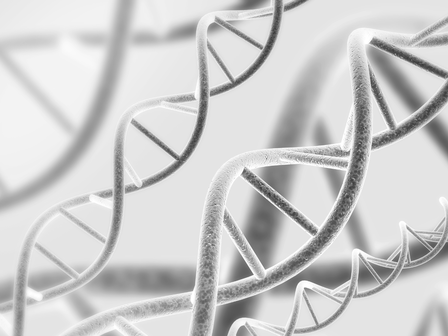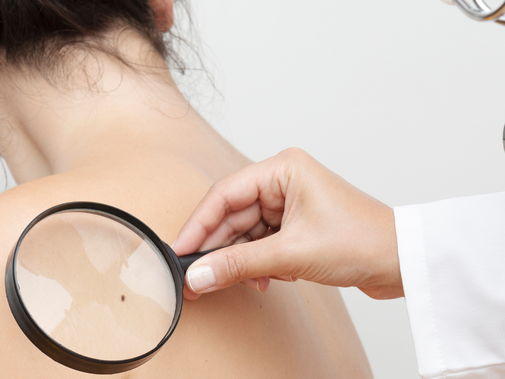|
DNA is like a blueprint for our cells. It expresses how cells should perform produce certain proteins and conduct certain functions to keep us healthy and acts as a kind of instruction booklet on how to replicate cells correctly when they reproduce. Basically, like the blueprint of life. So, as you can imagine the DNA of our cells is quite an import part about what makes us who we are and what keeps us working healthily. While DNA does break down overtime due to our normal aging process, a number of external factors can increase damage to our DNA contributing to accelerated aging and other effects such as the potential to develop skin cancers. What factors increase DNA damage? Sun exposure or ultraviolet radiation (UVR) is one of the major factors responsible for DNA damage. This damage can be direct, through physical interactions of UV particles with DNA altering its structure or indirect, largely as a result of increased production of reactive oxygen species (ROS) that stimulates oxidative changes and inflammation. However, other external factors such as air pollutants including diesel exhaust fumes, certain foods, xenobiotics, some drugs, cosmetics, and psychological stress can also contribute to cellular damages. What effects does DNA have on our skin? When DNA is corrupted or contains irregular bonds that the cell is not able to repair with its normal processes it can lead to genetic changes, or mutations changing the way the cell functions and reproduces. Imagine a coffee stain has covered up an essential step in a cake recipe obscuring the word “sugar” look like the word “salt.” This external factor has altered the recipe to where if someone tries to follow the instructions to reproduce the cake, it wont taste of behave like the original cake would – the new cake has been changed or ‘mutated’ according to the corrupted recipe. Within the skin this can contribute to premature aging exhibiting effects such as increased fine lines and wrinkles, pigmentation, redness or capillary damage, changes in skin texture and barrier function resulting in irritation, decreased cell turnover resulting in a 'dull' appearance and even skin cancers. Additionally, when the production of ROS and other oxidants exceeds our skin's antioxidant power this results in oxidative stress that can induce chronic inflammation and other problems. For more info regarding “Free Radicals and antioxidants” fee free to check out our previous blog post Why Antioxidants are the 'Raddest' Ingredients to Combat Free Radical Ageing What can we do to repair or prevent this process? Before we discuss fancy ingredients the most important thing to remember is good old sun protection. Since the overarching factor contributing to cellular damage is UVR rays, following correct sun protection like daily SPF application and protective clothing is your best primary preventative. Also, remembering to introduce potent antioxidants into your routine can help neutralise free radicals and reduce inflammation such as vitamin C, vitamin A resveratrol and vitamin E. New technology such as DNA repair enzymes are also an immerging innovation that can help repair and restore structural changes such as loss of genetic information, generation of double-strand breaks, and DNA cross linkages. Keep your eyes peeled for a new product coming soon with some amazing enzyme technology. - Love Skin x
1 Comment
|
Archives
June 2023
Categories |
SKIN GERALDTON |
QUICK LINKS |



 RSS Feed
RSS Feed

